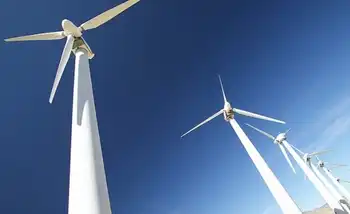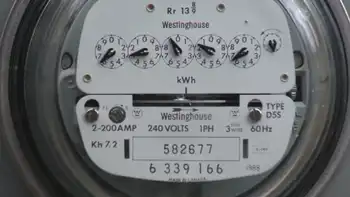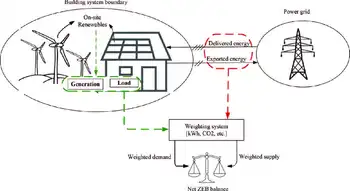Study warns of cost overruns at proposed reactors
By MarketWatch
Substation Relay Protection Training
Our customized live online or in‑person group training can be delivered to your staff at your location.

- Live Online
- 12 hours Instructor-led
- Group Training Available
The study by the Vermont Law School's Institute for Energy and the Environment comes as the nuclear power industry moves forward with plans to build at least two dozen new reactors backed by federal loan guarantees and other subsidies, including one new project officially launched in Ohio by Duke Energy.
The projected costs for nuclear plans amounts to 12 to 20 cents per kilowatt hour, more expensive than the average cost of increased use of energy efficiency and renewable energies at 6 cents per kilowatt hour, according to the study.
"There are a host of alternatives that are superior to nuclear reactors," said Mark Cooper, one of the study's authors. "Building nuclear reactors would be the worst choice you could have for reducing carbon emissions."
Cooper sifted through 36 cost estimates for proposed new reactors and concluded that the projected price tags have already quadrupled since the start of the industry's so-called "nuclear renaissance" nearly a decade ago.
The costs have risen even before any approvals for new plants by the Nuclear Regulatory Commission, a process expected to take another two years or so.
In a conference call with reporters, Cooper pointed out that the last surge of plant construction in the U.S. from the early 1960s and 70s saw a sevenfold increase in plant costs. Half of planned reactors had to be abandoned or cancelled due to massive cost overruns, he said.
A new set of loan guarantees and other subsidies will help shift the risk and potential costs of the new generation of plants onto rate payers and taxpayers, he said.
"The nuclear industry is hiding costs and risks are shifting to the taxpayer," said Peter Bradford, a former member of the U.S. Nuclear Regulatory Commission. "The subsidies don't show up in cost estimates to ratepayers."
Steve Kerekes of the Nuclear Energy Institute, an industry group, argued that comparisons to nuclear power plant costs 30 years ago are moot because the underlying economic conditions have changed.
"Back then you had much higher inflation," he said. "Newer reactors have more interchangeable parts with modular designs. They've been built in less than five years in Europe already."
Kerekes also pointed out that the cost of alternative energy has risen as well, and noted that a wind farm proposed by Boone Pickens will likely cost $10 billion to $12 billion according to press reports.
While the wind farm could generate the equivalent power of one nuclear reactor, it's already expected to cost more than the $5 billion to $8 billion projected cost of a new reactors.
Meanwhile, Ohio Governor Ted Strickland, Duke Energy, Areva, USEC Inc. and UniStar Nuclear Energy formed an alliance to build a nuclear power plant at a U.S. Department of Energy site in Piketon, Ohio.
Dubbed the Southern Ohio Clean Energy Park Alliance, the partnership will evaluate the site as a potential location for a new nuclear power plant, including preparing a plant site study and licensing documents for the Nuclear Regulatory Commission.
UniStar is a joint alliance between France's EDF and Constellation Energy.
The clean energy park comes after an Energy Department effort to convert former weapons sites for energy production. Duke will manage the project, provide project oversight and serve as the applicant for any NRC licensing.
Of the 27 new reactors now proposed for the United States, the Duke-UniStar project marks the third to be proposed at a site that doesn't include an existing plant, according to Mitchell Singer of the Nuclear Energy Institute.
The other two are the Duke Energy project in Cherokee County, South Carolina and a Progress Energy plant on the books for Levy County, Florida.











